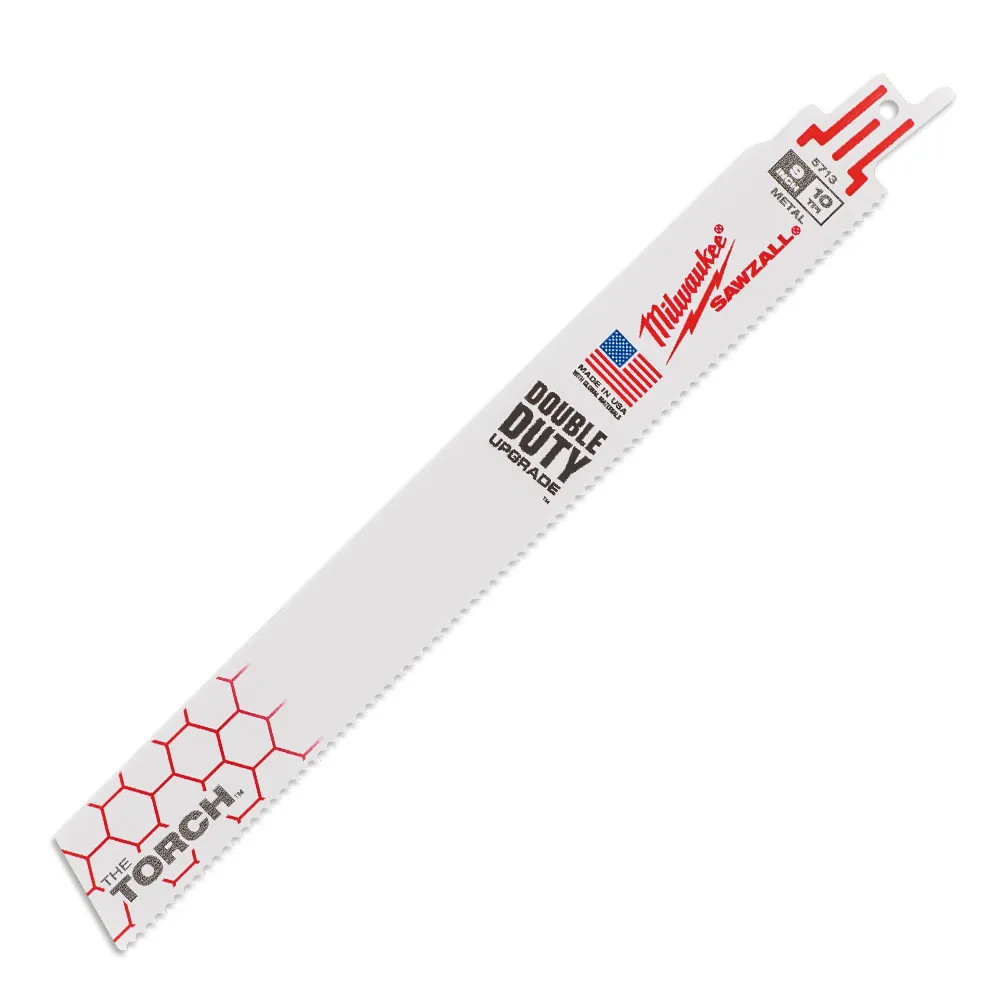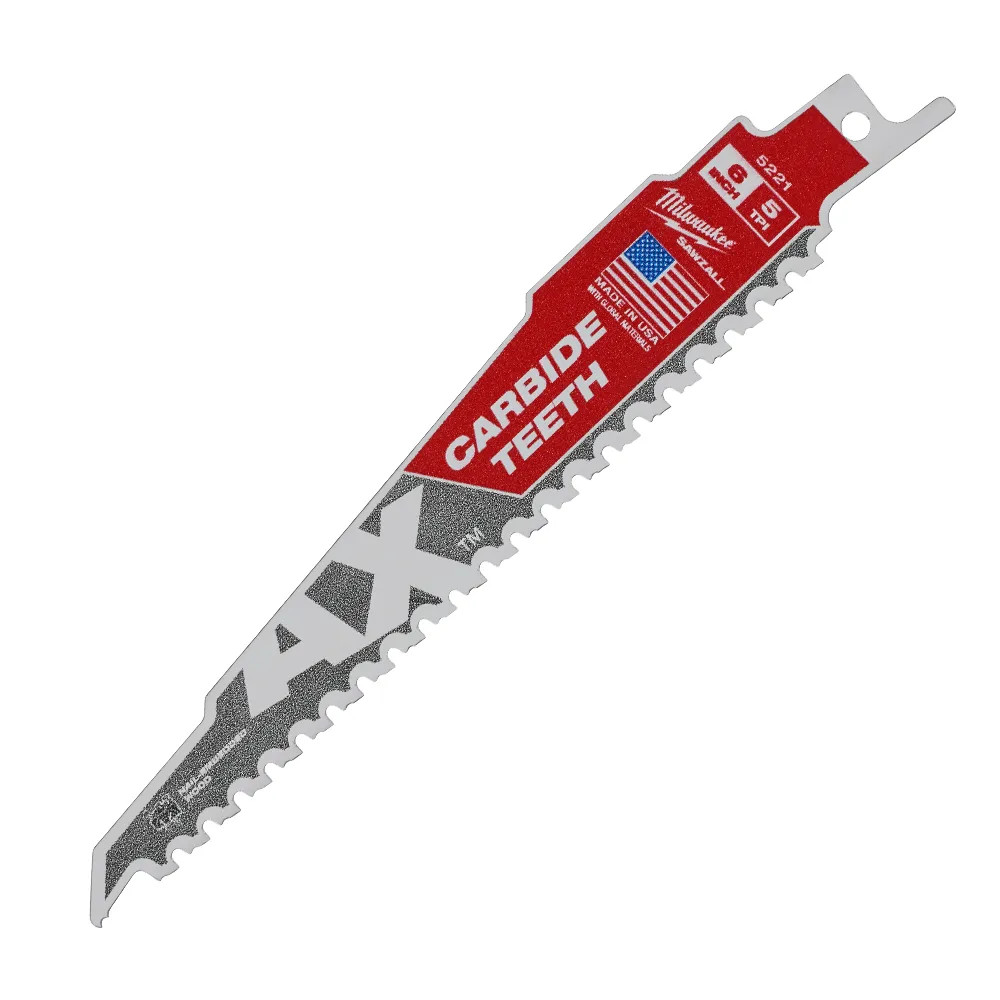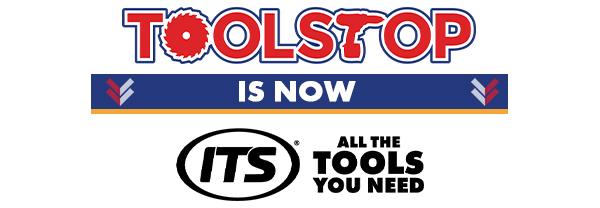Recip Saws
Reciprocating saws are rugged, powerful tools designed to handle tough cutting jobs across wood, metal, and demolition tasks. With fast blade changes and ergonomic designs, they’re ideal for professionals and DIY enthusiasts tackling demanding projects.
Who Uses Reciprocating Saws?
Reciprocating saws are a go-to tool for those in construction, plumbing, and home improvement. Known for their adaptability, they’re used by professionals and DIYers who need fast, controlled cutting power in a wide range of applications.
- Construction Workers – For tasks like cutting through wood, metal, and drywall, reciprocating saws provide efficient power for demolition and remodeling.
- Plumbers – Used to cut through pipes, whether plastic or metal, with ease, allowing for quick adjustments and installations.
- Electricians – Ideal for making cutouts in walls or framing to run cables and install electrical boxes.
- DIY Enthusiasts – Homeowners use reciprocating saws for garden work, cutting branches, and handling small demolition projects.
Reciprocating Saws Are Great for Jobs Such As:
- Demolition Work – Reciprocating saws make tearing down structures easier, allowing users to cut through nails, metal, and wood quickly.
- Cutting Plumbing Pipes – Whether dealing with PVC or metal pipes, reciprocating saws let plumbers cut pipes cleanly and adjust installations as needed.
- Pruning Trees – These saws are perfect for trimming branches, offering more power than traditional garden tools.
- Framing Adjustments – Construction workers use reciprocating saws to trim and shape framing studs and other wood components on-site.
- Removing Old Fittings – Quickly cut out old fittings or fixtures during remodeling to prepare for new installations.
How to Choose the Best Reciprocating Saw
Selecting the right reciprocating saw depends on your project needs, whether you’re doing demolition, pruning, or pipe cutting. Here are the key specifications to help you find the best fit.
1. Power Options for Reciprocating Saws
Corded Reciprocating Saws: Provide continuous power, ideal for heavy-duty demolition or long projects. A good choice if consistent power and higher torque are priorities, but it requires access to outlets.
Cordless Reciprocating Saws: Offer the flexibility to work anywhere, with modern batteries providing impressive power and runtime. They’re convenient for quick jobs and hard-to-reach places but may require spare batteries for extended use.
2. Blade Types and Compatibility
Choose a saw compatible with various blade types to tackle a range of materials. Bi-metal blades work well for cutting wood and metal, while carbide-tipped blades handle tougher materials like masonry. Universal blade compatibility offers more versatility and saves on blade replacements.
3. Stroke Length and Speed
Stroke length affects the depth of each cut. Longer strokes (around 1-1.25 inches) remove more material per stroke, ideal for demolition, while shorter strokes are great for precise cuts. Adjustable speed control is also helpful for matching speed to material, providing better control and smoother cuts.
4. Weight and Ergonomics
Look for a well-balanced, lightweight saw with comfortable grips, especially for overhead or prolonged tasks. Reciprocating saws with shock-absorbing handles reduce vibration, making them easier to handle over long periods and providing greater control during intense work.
5. Safety and Extra Features
Features like an electric brake, which stops the blade instantly when you release the trigger, enhance safety. LED lights improve visibility in dim spaces, while pivoting shoe adjustments allow greater control and blade stability during cuts, especially useful in uneven surfaces or angled cuts.
What Types of Blades Can Recip Saws Use?
Reciprocating saw blades come in a range of sizes and designs, from 100mm to over 300mm, offering flexibility for different materials and cut types. The kerf, or the thickness of the cut made by the blade, impacts performance. A narrow kerf blade cuts faster and is ideal for fine work, while a wider kerf blade is more durable, handling tougher tasks and faster, rougher cuts.
| Blade Type | Primary Application | Example Image |
|---|---|---|
| Wood-Cutting Blade | Designed for fast, rough cuts in wood, suitable for demolition and construction projects. |  |
| Metal-Cutting Blade | Ideal for cutting metal pipes, sheet metal, and other metalwork, providing precision and control. |  |
| Bi-Metal Blade | Versatile for cutting both wood and metal, making it useful for demolition and remodeling. |  |
| Carbide-Tipped Blade | Specialized for heavy-duty cuts in tough materials like masonry, tile, and cast iron. |  |
Essential Accessories for Recip Saws
Choosing the right accessories can greatly enhance your reciprocating saw's performance and make your work easier. From blades to enhance cutting precision to batteries that keep you going, these accessories are perfect for optimizing efficiency and results.
1. Replacement Blades
Having a variety of blades on hand allows you to tackle different materials with ease. Options like wood, metal, and bi-metal blades offer versatility for a range of projects, while carbide-tipped blades add durability for tougher tasks.
2. Battery Packs
For cordless reciprocating saws, extra battery packs ensure you won’t run out of power mid-project. High-capacity batteries allow longer use and reduce downtime, making them a must-have for on-site work.
3. Blade Storage Case
A sturdy blade storage case helps keep your blades organized and protected. With designated slots, you can store various blade types and sizes neatly, ensuring they’re easy to access and kept in top condition for optimal cutting performance.
Frequently Asked Questions
What can I cut with a reciprocating saw?
Reciprocating saws are versatile and can cut through wood, metal, plastic, and even masonry with the right blade. They’re ideal for demolition, pruning, and cutting through materials like pipes and framing, making them a go-to tool for various tasks.
How do I choose the right blade for my reciprocating saw?
The right blade depends on the material you're cutting. Wood blades have larger teeth for fast cuts, while metal blades have smaller, denser teeth for precision. Bi-metal blades are multi-purpose, and carbide-tipped blades are designed for heavy-duty materials like masonry.
Can a reciprocating saw be used for pruning?
Yes, reciprocating saws work well for pruning trees and shrubs. Specialized pruning blades are available for this purpose, designed to cut through green wood quickly and effectively without damaging the branches.
What’s the difference between corded and cordless reciprocating saws?
Corded saws provide constant power, making them suitable for prolonged use and heavy-duty tasks. Cordless saws offer greater mobility, which is useful for outdoor or remote projects, though battery life is a consideration, especially for extended tasks.
How can I reduce vibration when using a reciprocating saw?
To reduce vibration, consider models with built-in vibration control or anti-vibration handles. Wearing gloves and maintaining a steady grip can also help. Additionally, using the right blade for the material and avoiding excessive pressure will reduce vibrations.


